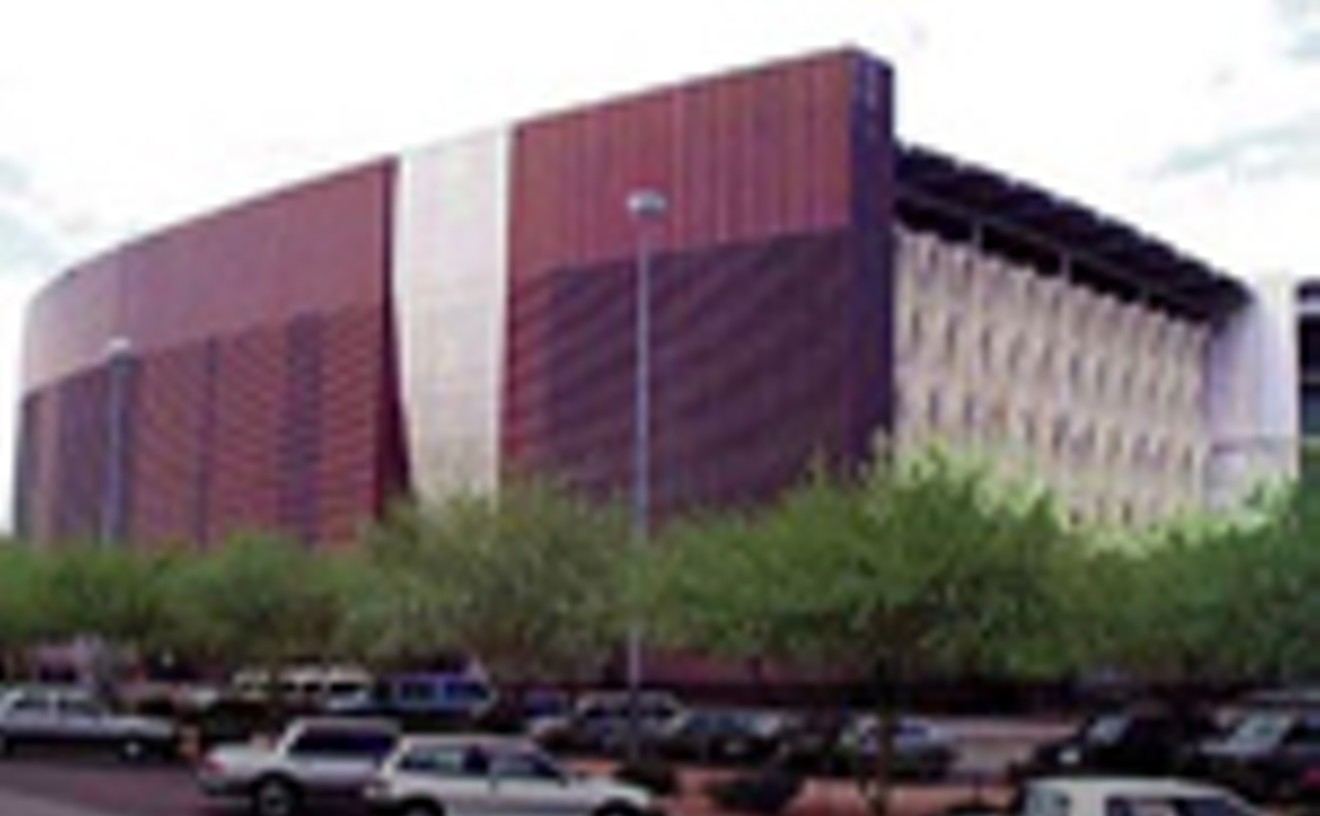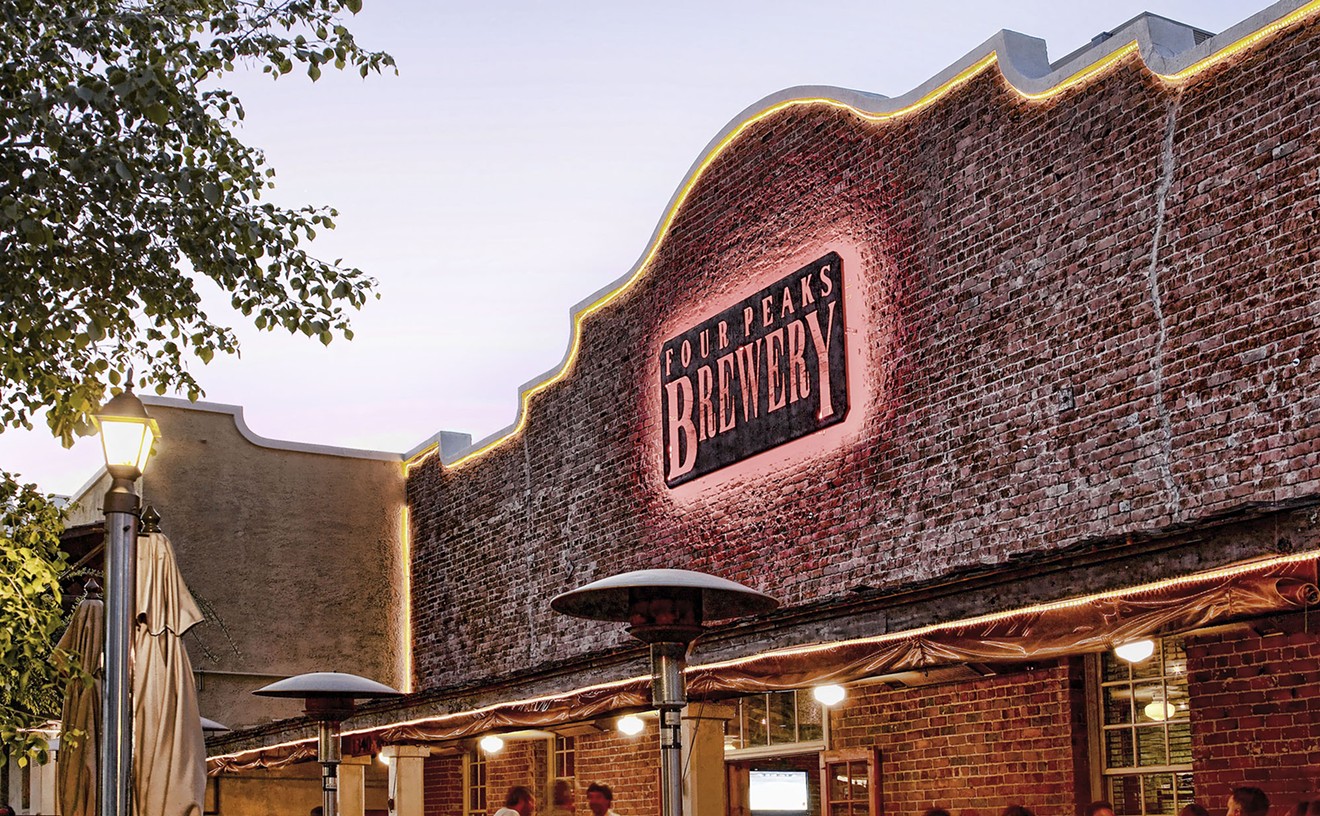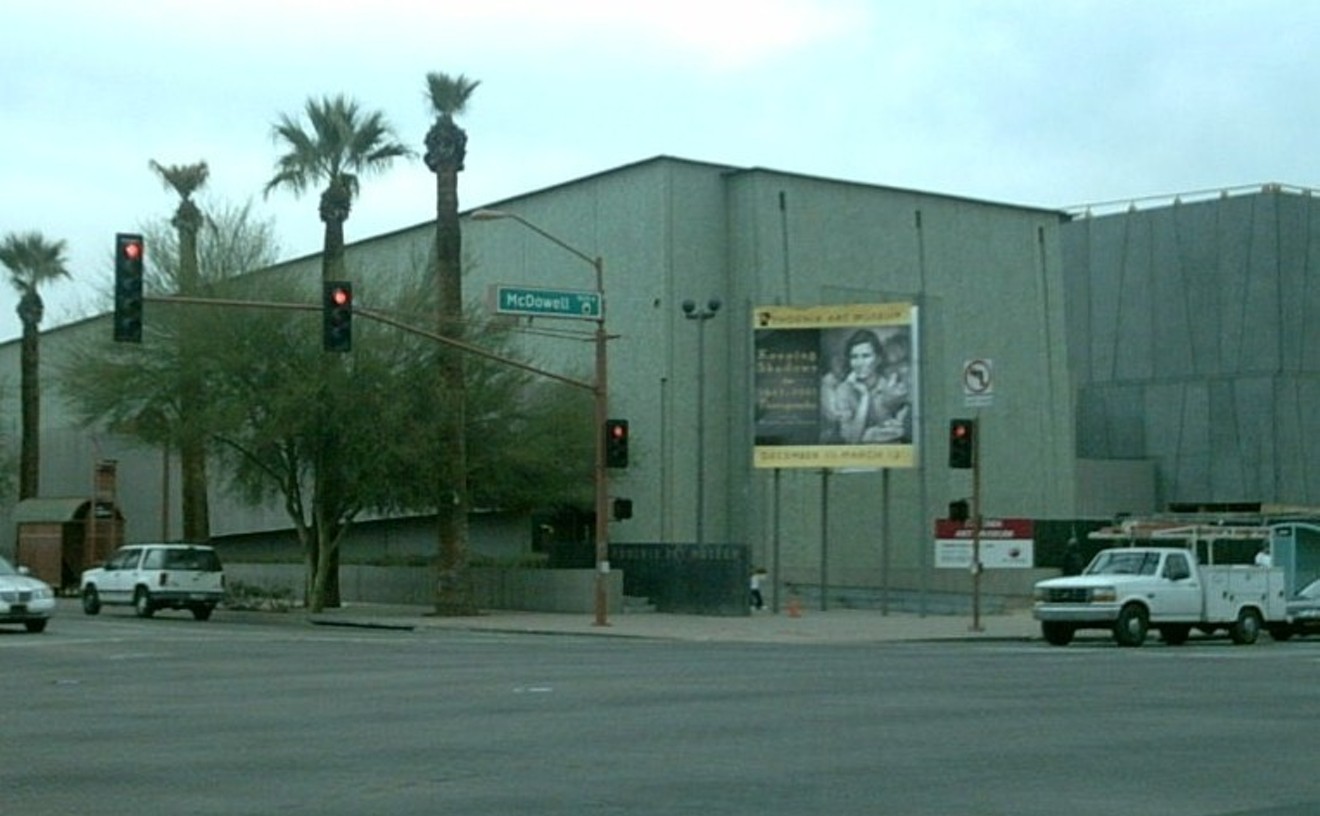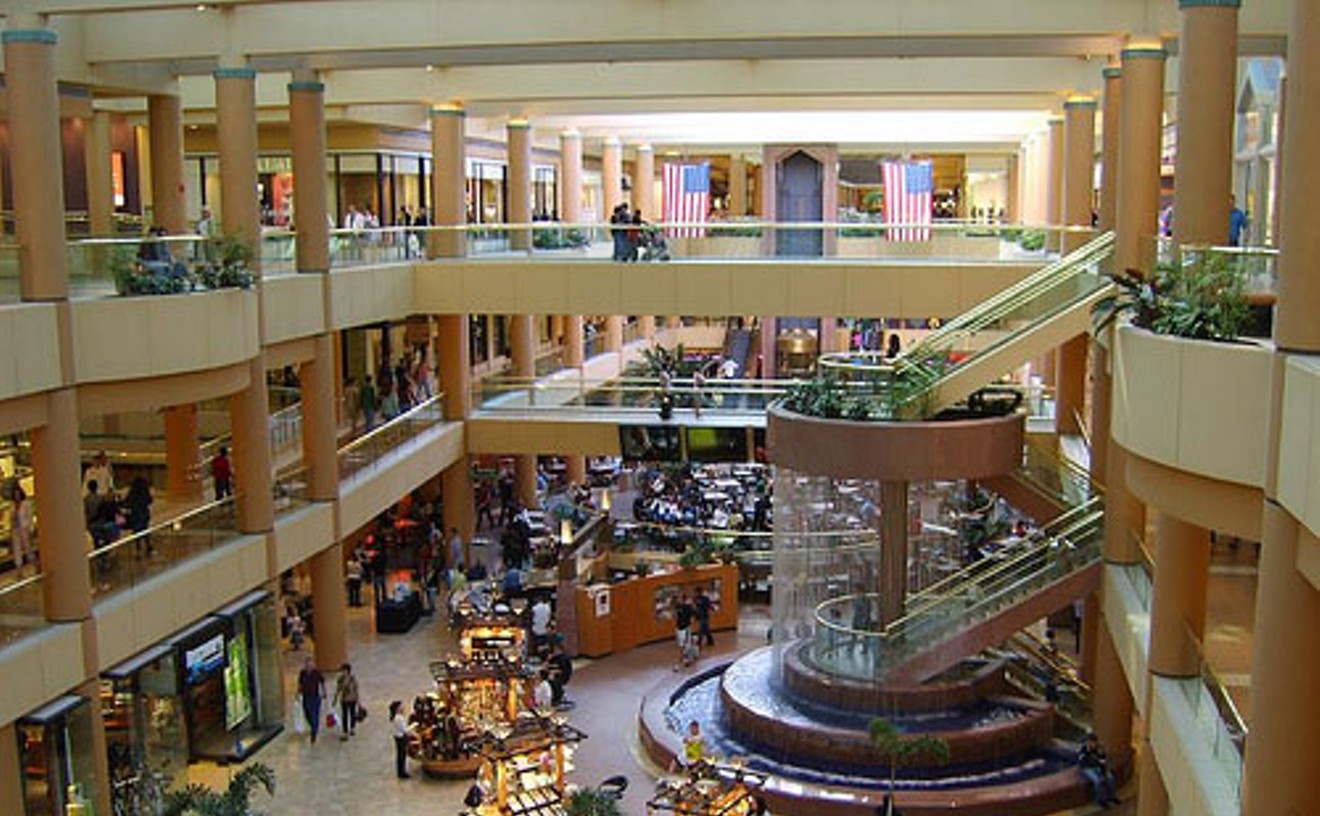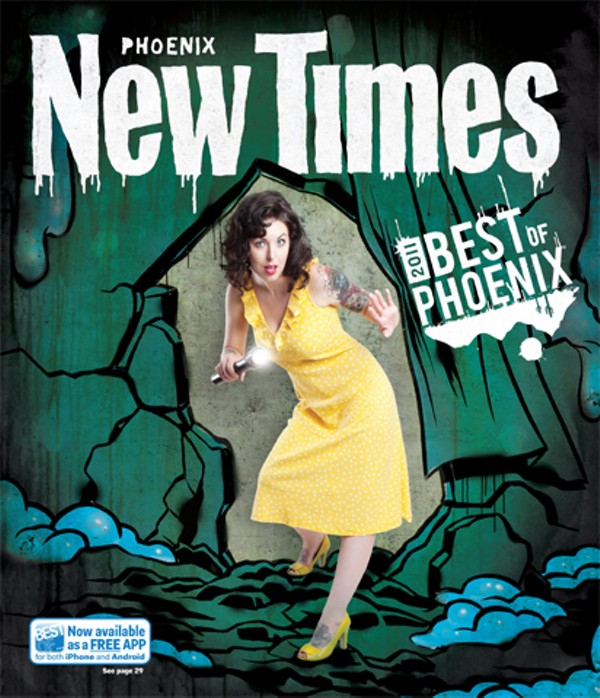No, really. You can, thanks to the nice folks at the Phoenix Public Library, take an online class from the comfort and convenience of your own home. You can choose from aromatherapy, digital photography, book publishing, Buddhism, freshwater fishing, criminal profiling, yoga, and more than 500 other classroom topics. Classes are self-paced with real instructors who offer video-based lessons, graded tests, and certificates of achievement. Library customers can enroll in up to five courses at one time, and take six months to finish each course. All you need is a library card and the ability to click on "Learning and Research" at www.phoenixpubliclibrary.org. And just like that, you're on your way to an accredited course in something you care about.
For those of us less likely to traffic in the ether, there's the distinguished permanent collection of art at Burton Barr Central Library. Displayed in public locations throughout the building's five stories, the collection includes such big-name artists as Fritz Scholder, Ed Mell, Shonto Begay, John Waddell, Merrill Mahaffey, and Paolo Soleri.
A separate collection in the Central Library's Center for Children's Literature (a hidden treasure in itself, with more than 3,800 pieces of classic literature and an extensive collection of folk and fairy tales) features a collection of original works by award-winning local artist/illustrators Ron Himler, Sylvia Long, Lynne Avril, Amanda Shepherd, and Michael Lacapa.
For folks who aren't into art but do love Arizona, the Arizona Room at Central Library is, in honor of the approaching centennial, pumping up its collection of non-circulating materials about all aspects of our state: archeology, architecture, history, geography, geology, famous Arizonans, current events, and more. Who knew that there were so many files in the Arizona room devoted expressly to all the movies that have been shot here over the years? Or that the collection of oral histories of Arizona-based Holocaust survivors was so extensive?
We didn't, but we do now — and it's a secret we don't plan to keep, either.


